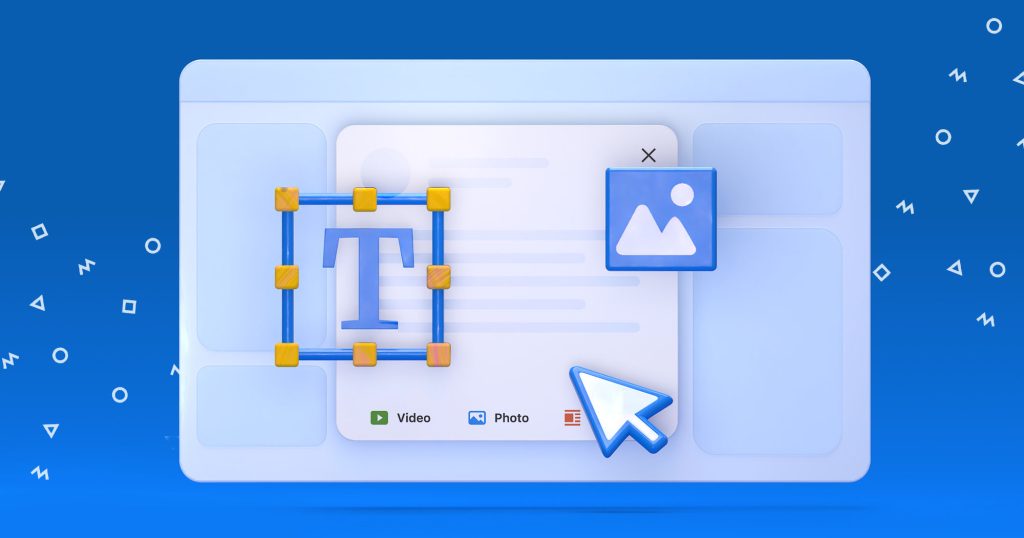[X] isn’t a priority for us right now
This sales objection can indicate a few different issues. First, consider if you properly qualified this lead. If not, you should reevaluate your lead generation process. Next, consider your sales pitch: Is it effectively hitting their pain points? Yes? Okay, then, it’s time to dig in. Ask: “Okay. Can you tell me what your priorities are?”
Using an open-ended question to probe into their priorities helps you understand their situation, extend the conversation, and potentially close the sale. Pay attention to the answer. Listen for blind spots – areas preventing them from seeing the value of your solution. Does it sound like procrastination? Or is it a legitimate evaluation of priorities, like a shrinking budget?
Once you have more info, decide if they’re still a qualified lead. If they are, emphasize what they stand to gain from prioritizing your product and service. What’s the ROI? How will this improve their lives? Invoke a sense of urgency. Discuss the industry, your knowledge of it, and how their competitors handle the issue your product solves.
If their answers to your questions demonstrate your solution really isn’t a priority (and shouldn’t be, for the good of their company), say so. Admit you aren’t a good fit, disqualify, and move on. If circumstances change down the road, they’ll probably remember your integrity.







![New in 2025: Reply.io Teams Up with Persana AI [+Live Webinar] New in 2025: Reply.io Teams Up with Persana AI [+Live Webinar]](https://reply.io/wp-content/uploads/persana.io_-1024x538.jpg)